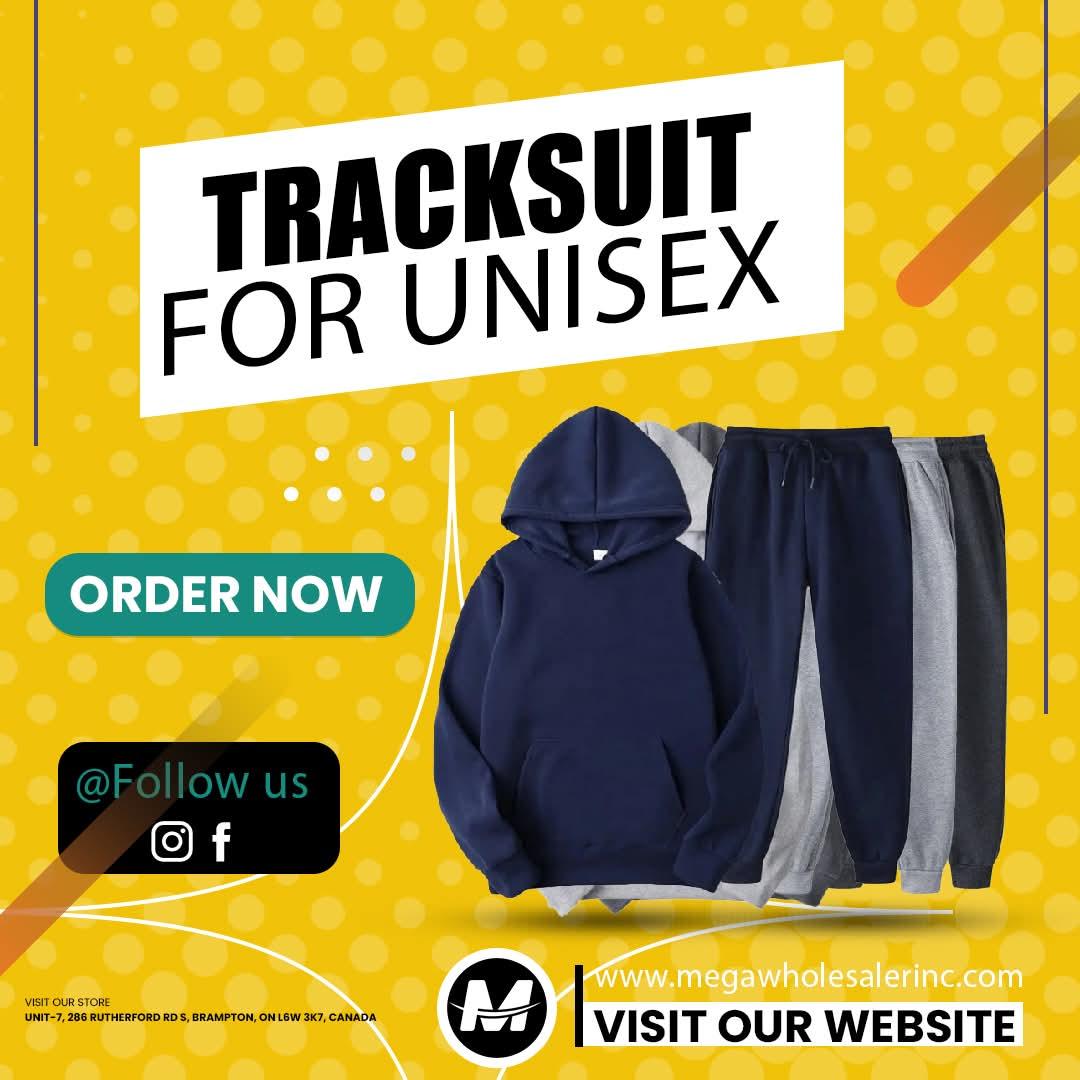Introduction
Wholesale clothing might seem like a business-only concept, but it’s more relevant than ever for everyday buyers, fashion entrepreneurs, and online resellers alike. Whether you're starting a clothing brand, stocking your boutique, or simply trying to save money on clothes, understanding how wholesale clothing works is key. Let’s walk through everything you need to know—without the jargon and with all the real-world value.
1. What Is Wholesale Clothing?
Instead of buying single pieces at retail prices, you're buying in volume—saving money in the process. Wholesale clothing refers to garments purchased in large quanity, directly from manufacturers or suppliers, usually at discounted prices. These items are then resold for profit or used for group needs.
2. Who Buys Wholesale Clothing?
-
Small business owners
-
Boutique and e-commerce store owners
-
Event organizers or teams
-
Individuals looking to save on wardrobe staples
-
Organizations needing uniforms or matching outfits
It’s not just for big businesses—anyone can benefit from buying clothing wholesale.
3. Why Wholesale Clothing Is Popular
Cost Savings
Buying in bulk lowers the cost per item. This gives retailers higher profit margins and helps individuals save money over time.
Access to Variety
Most wholesale suppliers offer a huge range of items—from basics to trendy pieces—in various sizes, colors, and styles.
Scalability
As your needs grow, wholesale allows you to scale up your inventory quickly and efficiently.
4. Common Wholesale Clothing Categories
-
T-Shirts and Basics
-
Workout and Activewear
-
Formal and Casual Wear
-
Children’s Clothing
-
Seasonal and Specialty Items (e.g., hoodies, swimwear)
-
Undergarments and Accessories
These categories make it easy for different types of buyers to find what they need.
5. The Difference Between Wholesale and Retail
| Feature | Wholesale | Retail |
|---|---|---|
| Price per unit | Low (bulk discount) | High (individual pricing) |
| Buyer type | Businesses or bulk buyers | Individual consumers |
| Order quantity | Usually large | Single or few items |
| Branding options | Often customizable (private label) | Pre-branded |
6. How to Buy Wholesale Clothing
Step 1: Define Your Needs
Know your target audience, product type, and budget before searching for suppliers.
Step 2: Find Reliable Suppliers
Search online directories, attend trade shows, or ask for referrals. Always check reviews and request samples.
Step 3: Understand Minimum Order Quantities (MOQs)
Most wholesalers require you to buy a minimum number of items. These can range from 10 to 500 pieces, depending on the supplier.
Step 4: Place Your First Order
Start small to test quality and shipping reliability. Once you’re satisfied, scale up.
7. Things to Watch Out For
-
Hidden Fees: Shipping, taxes, or customization fees can add up.
-
Unreliable Suppliers: Always verify their reputation before doing business.
-
Low-Quality Products: Request samples or order in small quantities initially.
-
Long Shipping Times: Factor in delivery schedules, especially for overseas suppliers.
8. Customization and Branding
Many suppliers allow private labeling or custom printing, making it easier for businesses to sell unique, branded apparel without manufacturing it themselves.
9. Dropshipping and Wholesale
Some wholesalers offer dropshipping options, where they ship directly to your customers. This is perfect for online stores that want to avoid holding inventory.
10. Legal Requirements to Buy Wholesale
While not always required, some suppliers may ask for:
-
A business license
-
A resale certificate
-
A tax ID number
This depends on the supplier’s policies and your region.
11. Wholesale Clothing for Individuals
You don’t need to run a business to benefit from wholesale. Planning a wedding, organizing a sports team, or just looking to revamp your wardrobe? Buying in bulk can save time and money.
12. How Wholesale Helps Build a Clothing Brand
Wholesale clothing is a popular way for startups to:
-
Launch fast with less capital
-
Offer a wide variety of styles
-
Customize products without full manufacturing
-
Focus on branding and marketing
13. Choosing the Right Supplier
Look for:
-
Clear pricing
-
Low MOQs for testing
-
Reliable customer service
-
Product quality and consistency
-
Custom branding options
Always compare a few suppliers before making a decision.
14. Online vs. Local Wholesalers
Online Suppliers
-
Global access
-
Larger selection
-
Competitive pricing
Local Suppliers
-
Faster delivery
-
Easier communication
-
Better for urgent or smaller orders
15. Sustainability and Wholesale Fashion
Eco-conscious buyers are turning to wholesale for more than just savings. Look for suppliers offering:
-
Organic or recycled materials
-
Ethical labor practices
-
Reduced packaging waste
Bulk buying can be a more sustainable choice if done thoughtfully. Mega Wholesaler Inc is the leading suppliers in Canada and Europe. Working with an experienced cut and sew manufacturer can help reduce lead times and improve product quality.
Conclusion
Wholesale clothing opens up a world of possibilities—whether you’re growing a brand, running an online store, planning a group event, or just looking to save. Understanding the basics can help you make smarter purchasing decisions, reduce costs, and even build a profitable business. It’s not just about bulk—it’s about being savvy, strategic, and ahead of the curve.
FAQs
1. Can I buy wholesale clothing without owning a business?
Yes, many suppliers allow individuals to purchase, especially if you meet the minimum order quantity.
2. Is wholesale clothing always cheaper than retail?
Generally, yes. Bulk pricing offers significant discounts compared to buying items individually.
3. How do I start selling wholesale clothing online?
Choose a niche, find a reliable supplier, create a website or marketplace store, and start small.
4. Do wholesalers allow returns?
Policies vary, but some offer returns or exchanges for defective items. Always check before ordering.
5. What are the risks of buying wholesale clothing?
Quality issues, unreliable shipping, or poor communication can occur. Reduce risk by testing suppliers first.
